
An efficient swing path allows a hitter to keep the barrel in the hitting zone from approximately the back of home plate all the way through contact and ultimately into extension where the bat should continue to stay on plane with the flight of the ball. Once competition reaches higher levels (i.e higher throwing velocities, better ball movement), an athlete’s “preferred posture” becomes a necessity to create a more optimal vertical bat angle and allow the athlete to better adjust to pitches higher or lower in the zone.
A lot is written about upper body mechanics such as keeping the back shoulder lower than the front or letting the barrel turn under when making adjustments in order to stay through the pitch. While I completely agree, I also feel we first have to make adjustments lower in the chain to effectively get into these positions up top. Starting from the bottom up also creates the stability necessary to keep the axis of rotation as vertical as possible, facilitating better rotation and in turn, create better speeds going up the chain and ultimately into the bat.
There are three positions we monitor with the K-Vest motion capture sensors to help inform us how well an athlete is able to make last minute adjustments with their body at different pitch heights or locations to better stay connected and on plane. They are:
-
- Pelvic side-bend at first move
- Torso bend at heel strike
- Torso side-bend at first move
I’ll follow these up with a brief anatomical explanation and some things we do “body-wise” in the facility to help our athletes get in better positions behind the plate. But first, for those of you who are unfamiliar with the two positions we are going to look at today, they are:
Heel Strike – This is the point when the front foot heel is firmly planted.
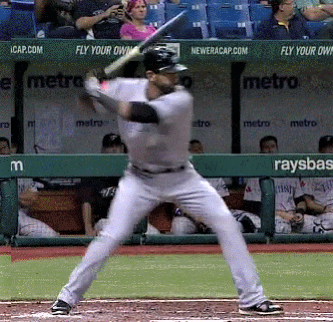
Heel Strike
First Move – This is the first 3-4 inches the hands move forward in the swing.
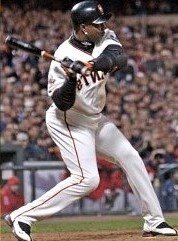
First Move
O.K. let’s get on with it.
Pelvic Side-Bend at First Move
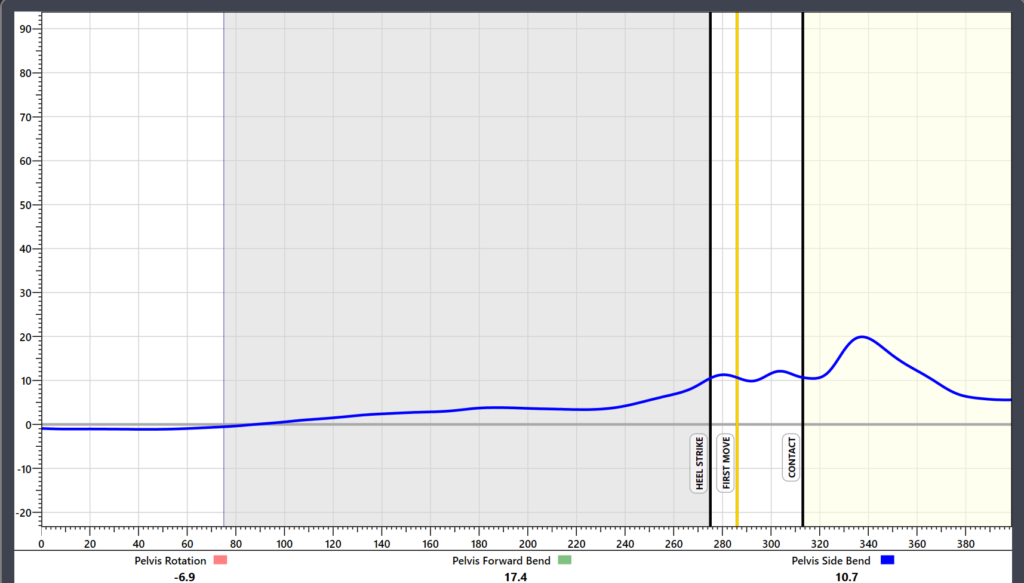
This is the amount (degrees) an athlete is able to side tilt the pelvis towards the dominant-side as they begin rotation. This is measured as the hands begin moving forward and can tell us a lot about the athlete’s ability to align their body to the pitch. This requires a great amount of strength/stability in the hips and core.
Strengthen Hip Stabilizers (glute med, piriformis, inferior portion of the adductor magnus):
(SLDL)
(Adductor Side Bridge)
Torso Bend at Heel Strike
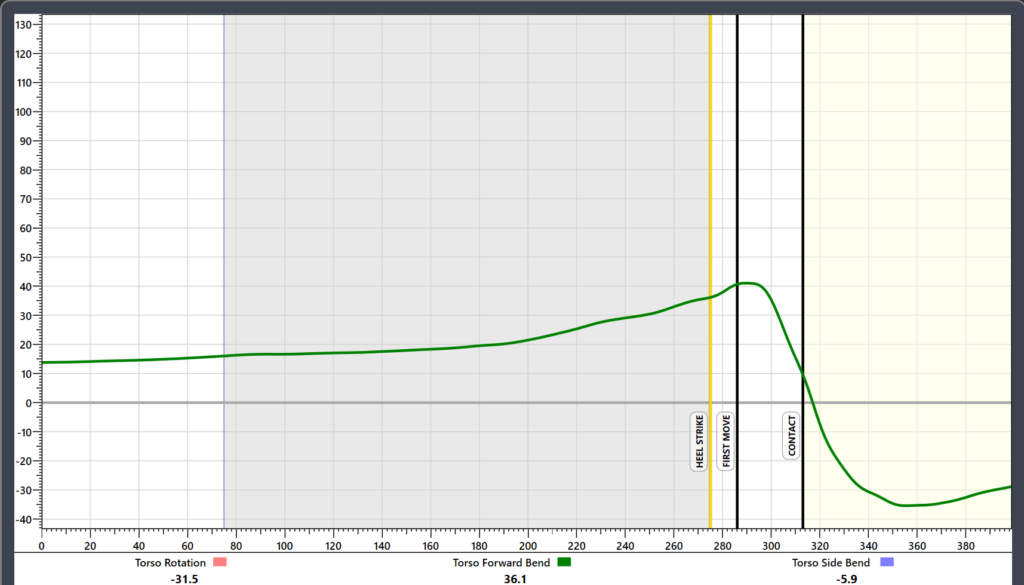
This number is relative to pitch height so when collecting data it’s imperative to document pitch location. Holding this forward bend at the torso is key to having good posture through the swing as well as being able to deviate from their preferred posture in order to adjust and maintain a true arc through the zone. This is core stability at its finest and a common weakness in many youth athletes.
Strengthen Deep Core Stabilizers (QL, Erector Spinae, Rectus abdominis):
(Side Bridge)
(Bird Dogs)
Torso Side Bend at First Move
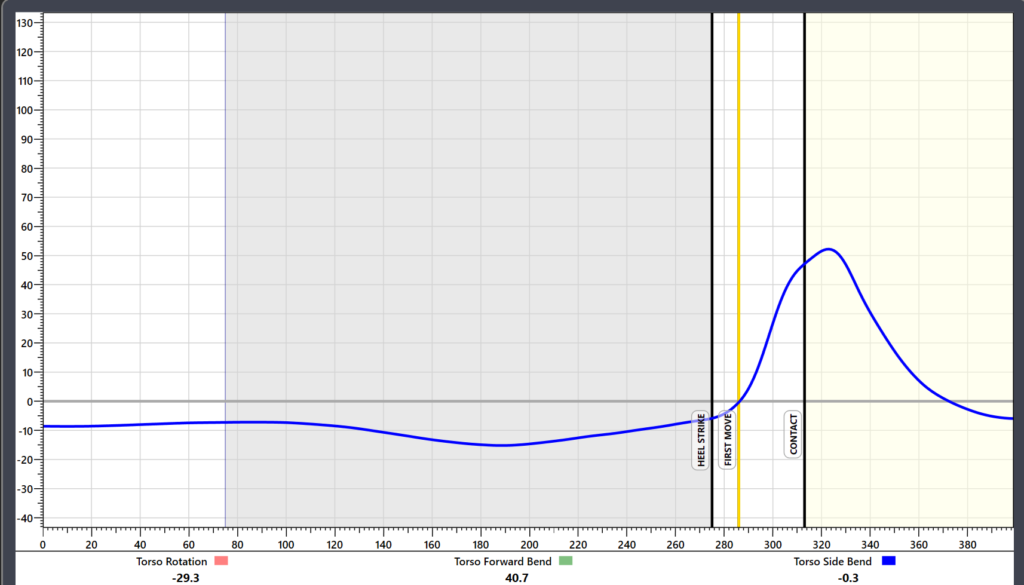
Much like pelvic side bend, this is the amount (degrees) of inward tilt as the hands begin moving forward. This is a key metric to ensure we are establishing good posture through the swing and thus allowing for a clean “swing arc” through the zone. This requires both t-spine mobility as well as lumbar spine stability.
Improve Spinal Stability / Mobility:
(Cat Camel)
(Prone Cobra)
Sometimes these mechanical issues can be addressed through drill work in the cage. But, if the issue is rooted in a movement problem, all the drill work in the world won’t get the athlete in the desired position. I use Franz Bosch’s statement frequently…
The body cares very little about what the coach has to say.
See ya’ in the gym…
By Nunzio Signore (BA, CSCS, NASM, FMS)
If you’d like to be added to our email list for future blogs, please enter your info below!

